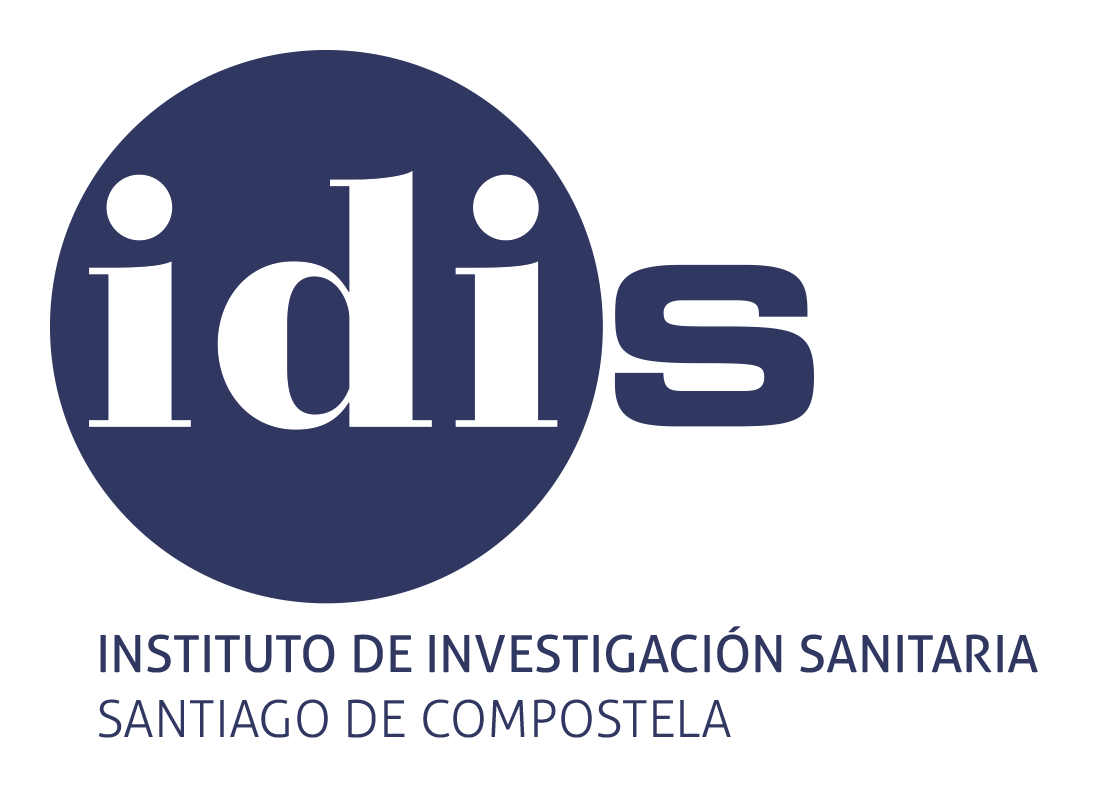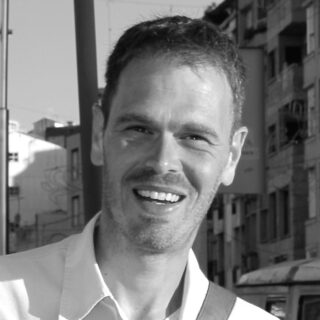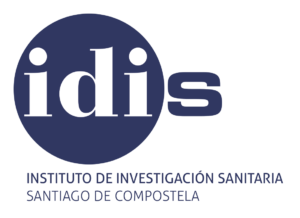Objectives and lines of research
Objectives
Any therapeutic approach for the treatment of pathologies associated with skeletal muscle, with or without a genetic basis, must be based on knowledge of the molecular and cellular mechanisms underlying endogenous regeneration. The identification of these systems in different contexts or conditions constitutes one of the approaches with the greatest and easiest clinical applicability today. Although this mode of action is not directly aimed at treating the gene bases associated with the structural instability of myofibers, it should be sufficient to maintain a stable level of regeneration, reducing the severity of symptoms. On the other hand, this type of approach is essential to achieve the success of gene or cell therapies through combinatorial therapies. For this reason, our Research Group works on the identification and characterization of autocrine systems directly involved in muscle regeneration for the identification of therapeutic targets applicable to the treatment of pathological processes that lead to muscle weakness: muscular dystrophy, secondary muscle atrophy associated with cancer. and muscle atrophy associated with aging or sarcopenia.
Lines of research
The Cellular Endocrinology Group (GEC) is a multidisciplinary group working to understand the molecular mechanisms that regulate the determination of muscle stem cells (satellite cells) during the regeneration of adult skeletal muscle tissue. Located at the Hospital Clínico Universitario de Santiago de Compostela of the Santiago Health Research Institute (IDIS), the GEC develops studies focused on the regulation of myogenesis, from the satellite cell to the muscle fiber, through autocrine systems involved in the muscle regeneration for the identification of therapeutic targets applicable to the treatment of pathologies that lead to muscle weakness: Duchenne muscular dystrophy (DMD), secondary muscular atrophy associated with a pathology (diabetes, cancer, etc.) and muscular atrophy associated with aging or sarcopenia . To this end, the GEC uses different experimental approaches, from the structural bases to the physiological role, focused on the characterization of targets and the generation of potential drugs for the functional regeneration of skeletal muscle. In particular, the GEC has identified the obestatin peptide and the GPR39 receptor, as a system involved in the specification of satellite cells, being determinant of the activation and regulation of the regenerative process of skeletal muscle. Based on the characteristics established by the studies carried out, this equipment has demonstrated its applicability for the treatment of acute muscle injuries, validating its action in in vitro models of human myogenesis. In addition, it has demonstrated its role in restoring muscle functionality by defining a determining anabolic profile of muscle fibers with greater resistance. It has recently characterized its applicability to counter muscle atrophy related to catabolic conditions. Likewise, it demonstrated its applicability in combinatorial-type therapies to improve the performance of myoblast transplant cell therapies aimed at the treatment of acute muscle injuries. Remarkably, he has demonstrated the role of this system in preserving muscle integrity in DMD. The results obtained position the obestatin/GPR39 system as a potential therapeutic candidate for the palliative treatment of DMD, but it also adds a very important and demanded component for this type of pathology, which is its use in combination therapies. The evolution of the work has made it possible to expand and consolidate the team’s capacity for the development and use of new technology related to myology and applicability in the medium term.
Research team
Projects
Publications
- Cid-Díaz T, Leal-López S, Fernández-Barreiro F, González-Sánchez J, Santos-Zas I, Andrade-Bulos LJ, Rodríguez-Fuentes ME, Mosteiro CS, Mouly V, Casabiell X, Relova JL, Pazos Y, Camiña JP. Obestatin signalling counteracts glucocorticoid-induced skeletal muscle atrophy via NEDD4/KLF15 axis. J Cachexia Sarcopenia Muscle. 2021;12(2):493-505. doi: 10.1002/jcsm.12677
- González-Sánchez J, Sánchez-Temprano A, Cid-Díaz T, Pabst-Fernández R, Mosteiro CS, Gallego R, Nogueiras R, Casabiell X, Butler-Brone GS, Mouly V, Relova JL, Pazos Y, Camiña JP. Improvement of Duchenne muscular dystrophy phenotype following obestatin treatment. J Cachexia Sarcopenia Muscle. 2018; 9(6):1063-1078. doi: 10.1002/jcsm.12338
- Santos-Zas I, Negroni E, Mamchaoui K, Mosteiro CS, Gallego R, Butler-Browne GS, Pazos Y, Mouly V, Camiña JP. Obestatin Increases the Regenerative Capacity of Human Myoblasts Transplanted Intramuscularly in an Immunodeficient Mouse Model. Mol Ther. 2017;25(10):2345-2359. doi: 10.1016/j.ymthe.2017.06.022


